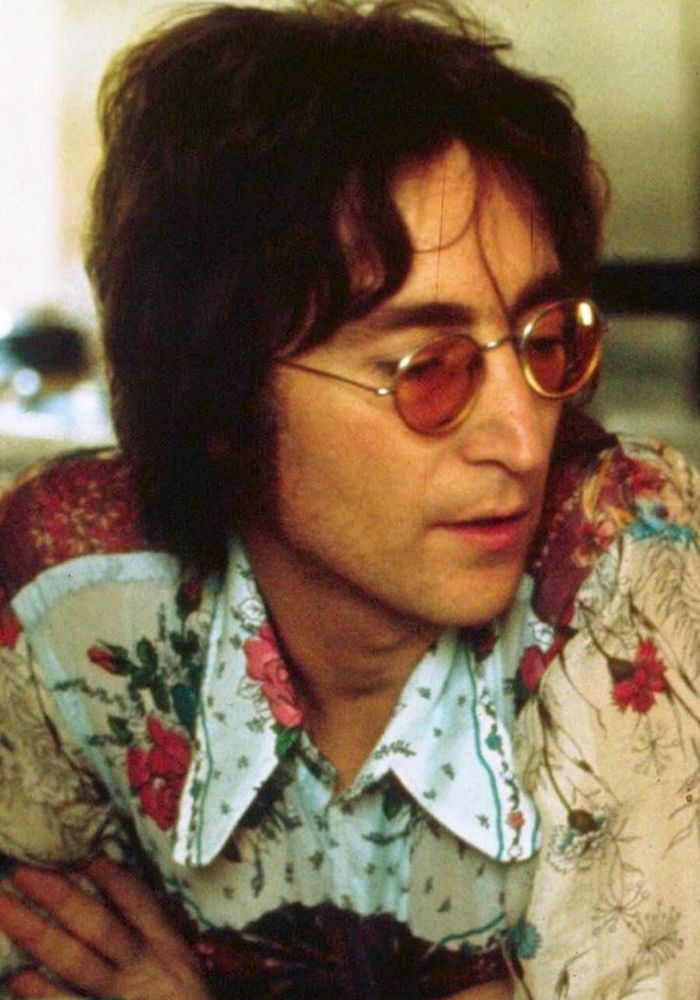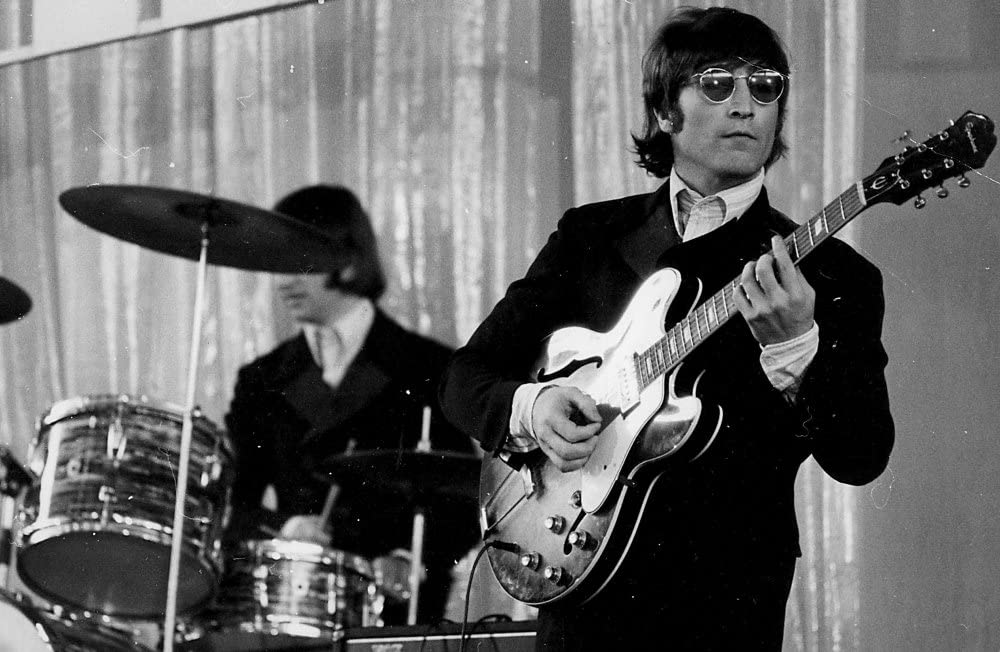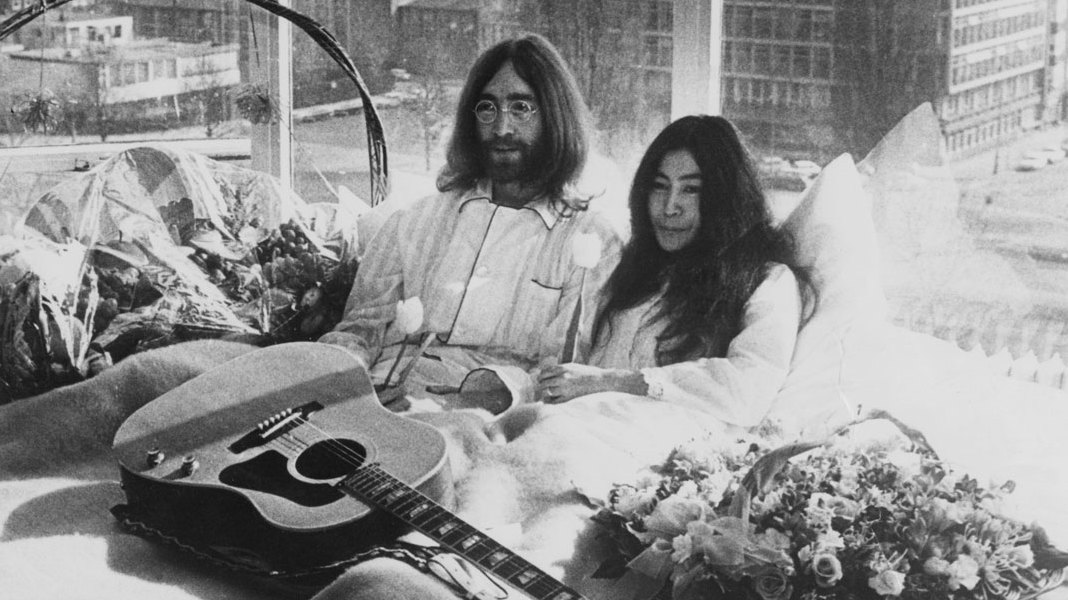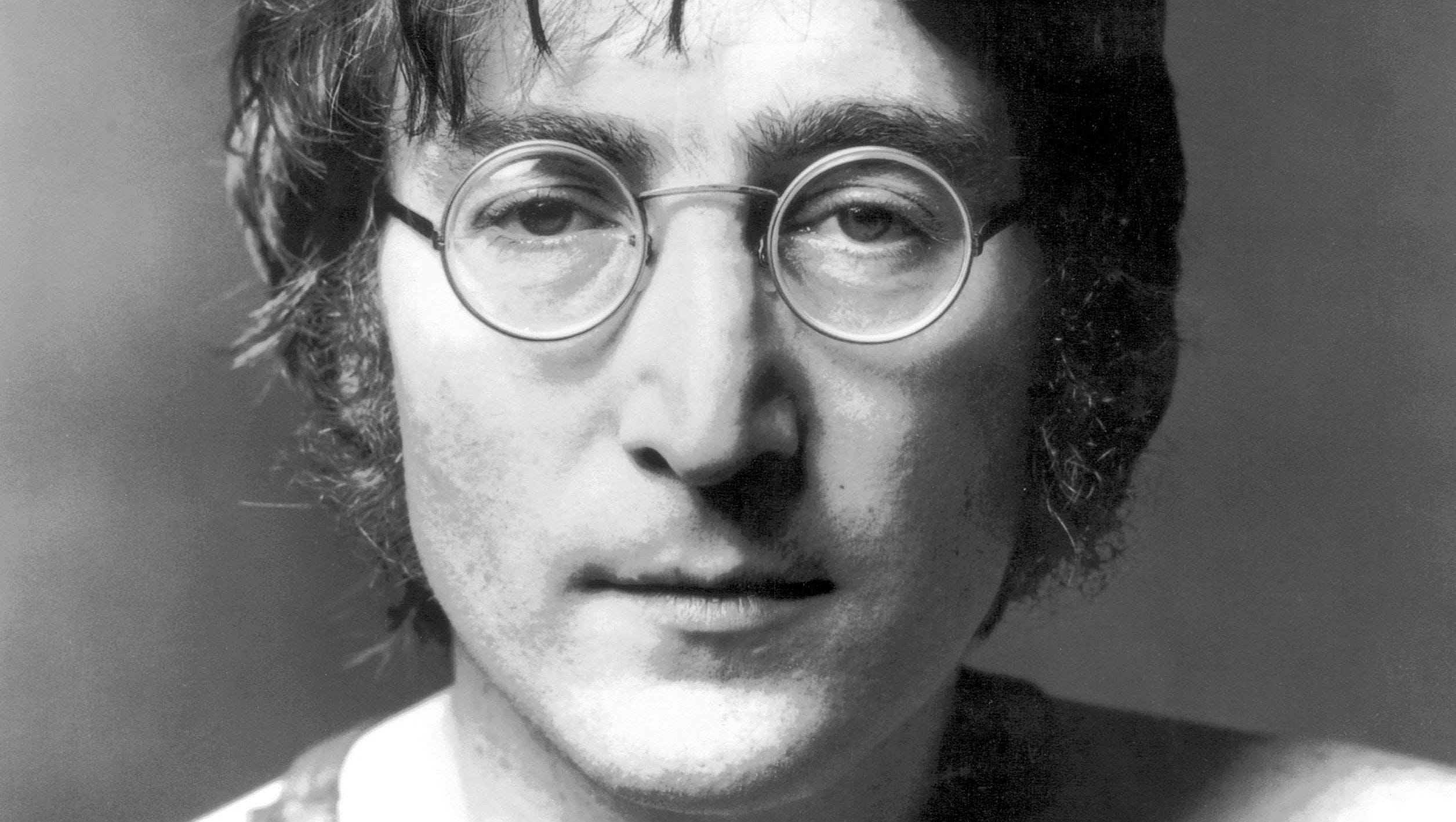Incredibly, nearly 40 years have passed since the death of one of the world’s most recognisable musicians and activists.
John Lennon’s murder in December 1980 truly marked the end of an era in more ways than one. The Fab Four were no more, but their cultural impact - spearheaded by Lennon’s enduring vision of peace and love - would last for many decades to come.
Here we take a look at how Lennon’s childhood, teenage years and prodigious career with the Beatles carved out his destiny, and how we continue to seek the truth that he pursued through his craft, no matter how misunderstood he may have been.
The Early Days
Lennon was born during wartime on the 9th of October 1940 at Liverpool Maternity Hospital and attended Dovedale primary school, just a short walk from Penny Lane. A natural leader, he was a child who others naturally gravitated towards.
Lennon had a complicated relationship with his mother Julia, and had experienced abandonment from a young age. Julia’s older sister Mimi, Lennon’s aunt, reported her to social services after discovering that Lennon was sharing a bed with his mum and her then-boyfriend. Lennon was soon taken into Mimi’s care, and lived with her from the age of four.
Lennon’s father Alf returned when his son was six, after stints at sea during WWII. In 1946 he took Lennon from Mimi’s to a friend’s house in Blackpool, a trip that would prove to be a pivotal experience in Lennon’s life.
It has been reported, and perhaps somewhat exaggerated, that Lennon was asked to choose between staying with his father, or returning to Liverpool to live with Julia. Lennon apparently chose his father initially, but had a change of heart after seeing how upset it had made his mother.
While we are unlikely to ever know the truth of what happened in Blackpool, Lennon carried the heartache of the experience with him for many years. Julia took him back to Liverpool but he was dropped straight back to Aunt Mimi’s, where he would continue to live.
Lennon would not see his father again until he was one of the most famous people on the planet, yet Mimi’s husband George served as the main father figure in his life. He taught Lennon how to play the harmonica, an instrument he used on the Beatles’ first hit Love Me Do. It wasn’t until six years later however that he began his love affair with rock and roll.






